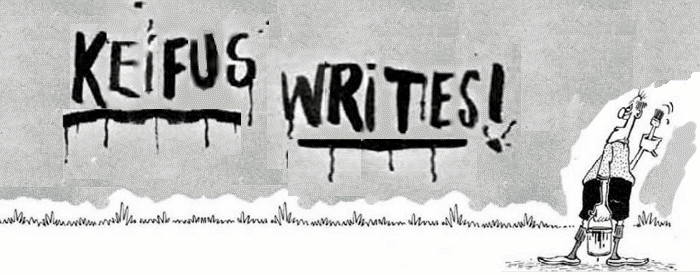Technology and Nostalgia in Children's Books
Slate ran a slide show article this week by Erica Perl about the representation of technology in young children's books. It was cute, and she brought out half a dozen examples of books that have representations of a child's world with primarily retro hardware. I don't know if I'd call it a theme, there are oceans of the things published, and you could pick out any ten and probably come to different conclusions. From the overflowing library and bookstore shelves, I'd have said that the overwhelming cohesive structure is a landscape for artists of obscure technique: everywhere are watercolors, paper cuttings, collage, fabrics, whimsical pens, and a heavy focus on the object itself, with holes in the pages, things to pull, things that make noise, and characters interacting with the paper. You might call it retro too, but I think it's more fundamental. The writers and illustrators are people that are comfortable interacting with homely techniques and art-class sorts of creativity, they want to put their hands on things. But so does the target audience.
But Perl's onto something too, I think. Technology has had an odd focus in children's literature for a long time. Some of the earliest stories that I remember being read to me were about anthropomorphic machines--trains and steam engines that always had faces--living to improve the lives of children to their dying gasp of coal-smoke. Looking back, I see them almost as industrial propaganda: better living through both backbreaking labor, adherence to routine, and celebration of technological prowess, and since all of them were obviously old when I was a boy, I'd guessed they must date to some marvelous industrial revolution heyday, but these books were all retro too. Little Toot, that happy little tugboat, was written in 1939. The Little Engine that Could trucked toys over the mountain in 1930. Tootle learned the importance of conformity in 1945, (after the war for God's sake). When these were written, all the little engines were already anachronisms, and while my parents no doubt could spot trains and such in their childhood, no one was shoveling coal to feed them.
One of my earliest exposure to pathos had to be Mike Mulligan and His Steam Shovel (1939). (I have no idea how old I was when it was read to me.) In this story, the machine was facing obsolescence in the face of diesel power, and the poor thing was so loved, it broke boy Keifus up every time, and thankfully everyone was happy in the end. The Little Engine that Could faced competition from worthier locomotives too, but she managed to get the toys over the hill by herself anyway, proving, just like the steam shovel, that even if she was still relevant despite her obvious obsolescence. You can blame some of it on the thirties, and this business of coping with the modern, of loss and optimism, jibes well enough with the adult literary themes I can think of from that time.
(Did children's authors have much of a career before the thirties? [UPDATE, if anyone's reading. Yes, of course.])
Adults' portals to children's minds have to go through the past, right through the author's own childhood memories. No surprise that writers for young children in thirties and forties called back their fond memories of engineers in overalls and striped hats who'd wave from chugging locomotives, and no surprise at the theme of transition, of growing up and growing old and good times past permeates the enduring stories too, and works into modern kid-lit. It's more than the times: they're memorializing their own childhoods, and if you see typewriters or a corded phones today, well, there you go.

No comments:
Post a Comment